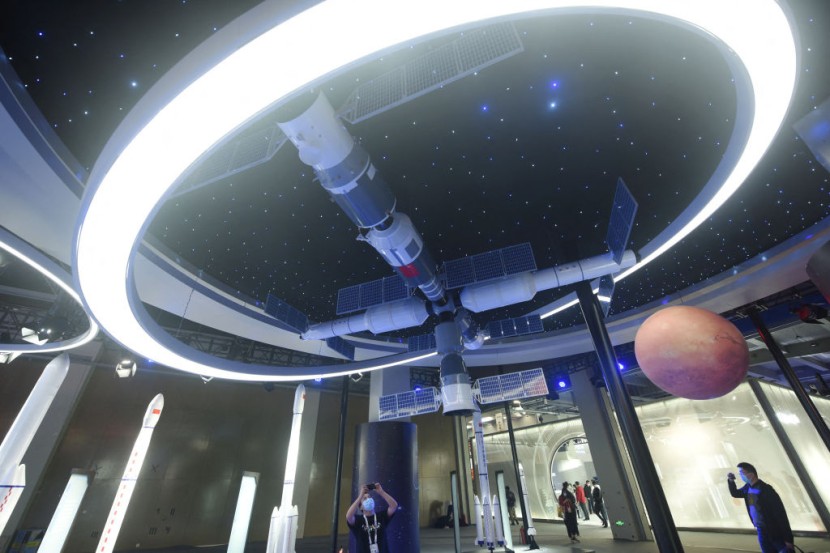Researchers in China have brought machine intelligence to spaceflight, in which an AI was let to control the camera of a satellite for an entire day, as the South China Morning Post reported.

The AI took control while the satellite captured photos of different locations on Earth.
The Qimingxing 1 Satellite
The Qimingxing 1 satellite operated with a ground-based AI system to help researchers determine how AI can help streamline the satellite's Earth observation workflow via enhanced selectivity of various locations on the planet.
During the test, the AI chose areas on the surface to survey and capture images. However, the team was unclear why the AI chose those locations.
One of the areas that the satellite targeted was Patna, a city in India along the Ganger River. It turns out the area is home to an Indian army regiment that once clashed with the Chinese military in 2020.
Another location was Osaka in southern Japan, which is also an area that usually hosts US Navy vessels operating in the Pacific.
Also read: China Reveals New Stealth Anti-Satellite Weapon; Hypersonic Glide Vehicle Technology Rattles the US
Targeting Military-Related Spots?
It's possible the AI was trained to find military-related targets. This can be leveraged for surveillance purposes. It could alert select users, such as the military, national security administration, and other relevant agencies if it detected unusual objects or activity.
It's common for AI to generate results or exhibit behaviors that are beyond the designers' comprehension.
Nonetheless, why Ai was interested in these targets is unknown, as the satellite is an experimental craft for use by Wuhan University students.
Equipping Satellites with AI
Equipping satellites with AI (Artificial Intelligence) has become an increasingly popular trend in the space industry. AI can help satellites to operate more efficiently, make better decisions and respond to changing conditions in real-time. With the help of AI, satellites can perform their missions with greater accuracy and reliability.
One of the key benefits of AI-enabled satellites is their ability to process large amounts of data quickly and accurately. Satellites equipped with AI can analyze this data in real-time, enabling them to make critical decisions and take appropriate actions more quickly. This is particularly important in applications such as weather forecasting, where timely and accurate data is essential.
Another advantage of AI-enabled satellites is their ability to learn and adapt to new situations. For example, if a satellite is tasked with monitoring a particular area, it can learn to identify and track changes in that area over time. This can be particularly useful in applications such as disaster response, where the ability to quickly identify changes on the ground can be crucial.
AI can also help satellites communicate with each other more effectively. By sharing data and coordinating their activities, AI-enabled satellites can work together to perform complex tasks and achieve common goals. This can be particularly useful in applications such as military surveillance, where multiple satellites may need to work together to gather intelligence and monitor potential threats.
There are, of course, challenges associated with equipping satellites with AI. One of the main challenges is ensuring that the AI is reliable and can operate safely in space. This requires extensive testing and validation to ensure that the AI can operate effectively in the harsh environment of space.
Overall, the benefits of equipping satellites with AI are clear. With the ability to process data quickly and accurately, learn and adapt to new situations, and communicate with each other effectively, AI-enabled satellites have the potential to revolutionize the space industry and make it more efficient and effective than ever before.
Related article: China ASAT Capability Shields its Space Vehicles From US Laser Weapons With New Microwave Technology
© 2026 HNGN, All rights reserved. Do not reproduce without permission.








